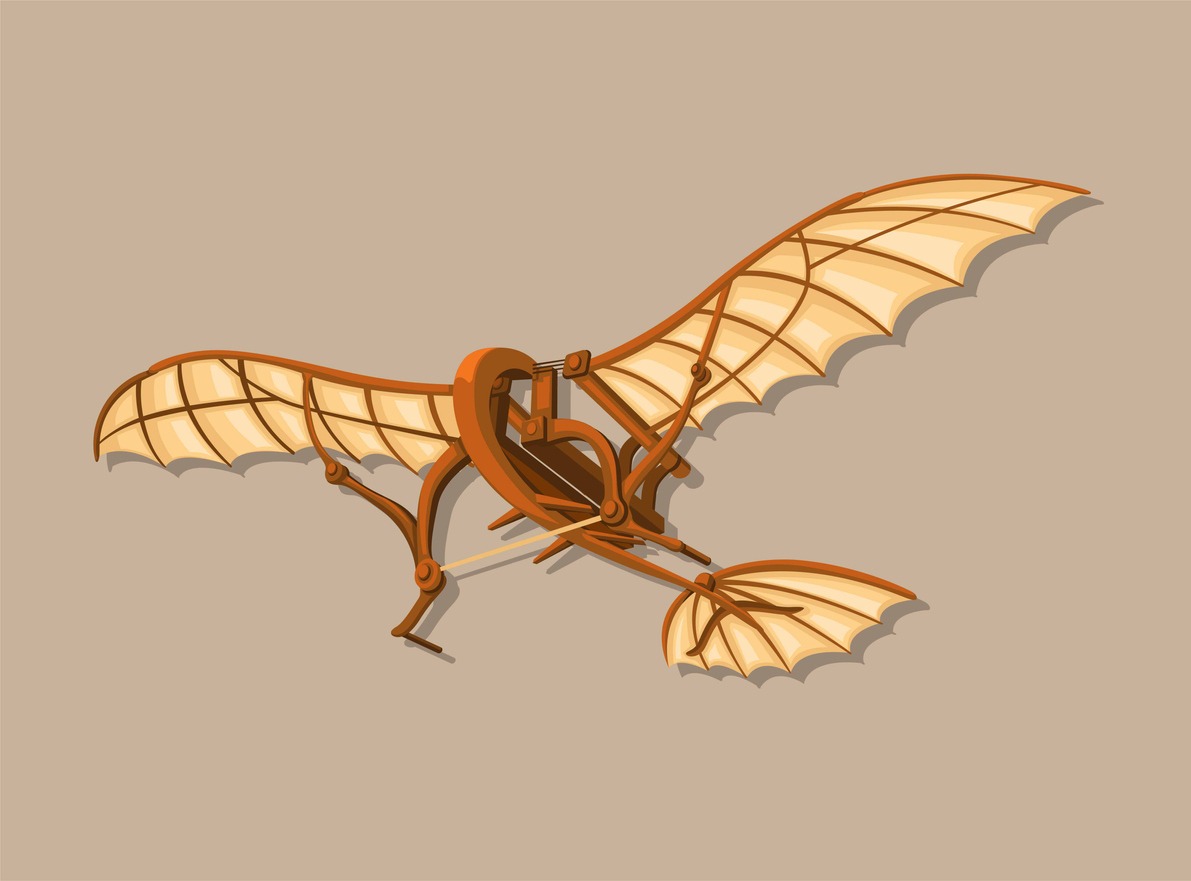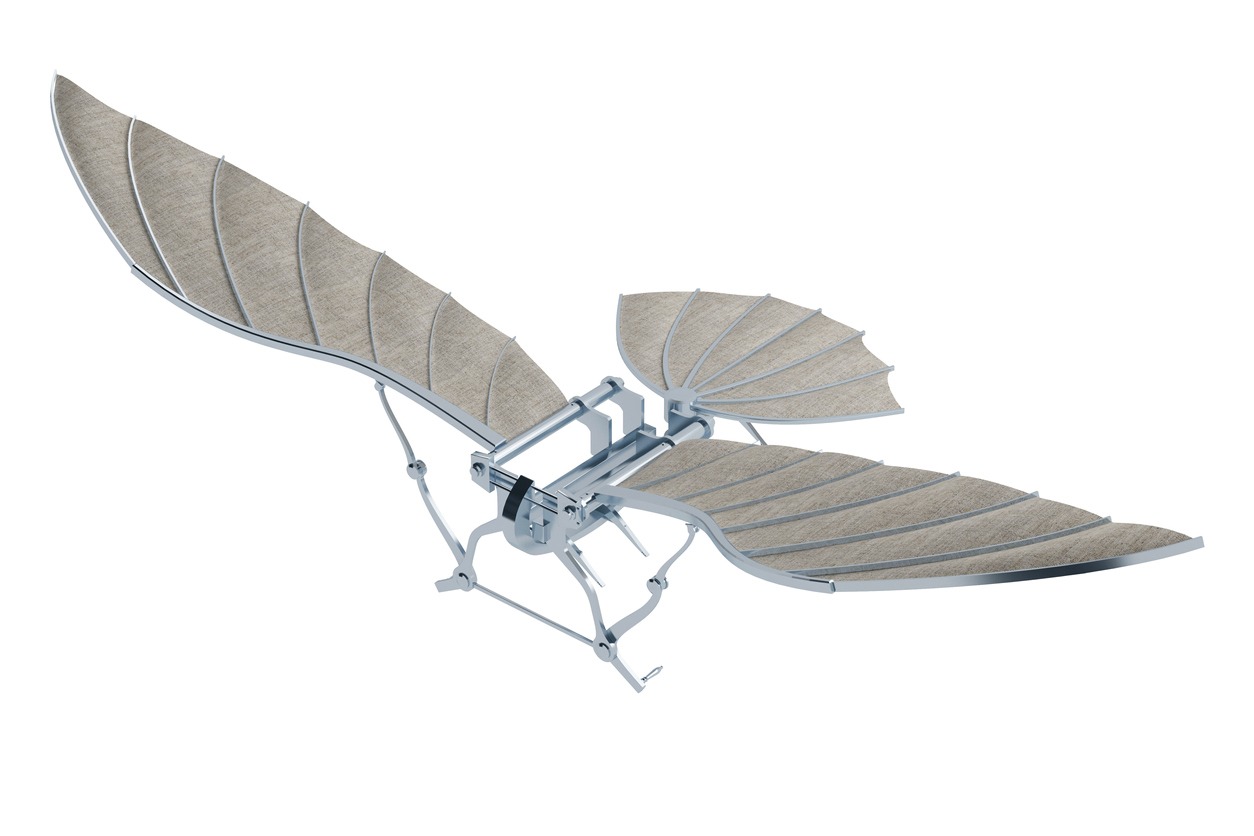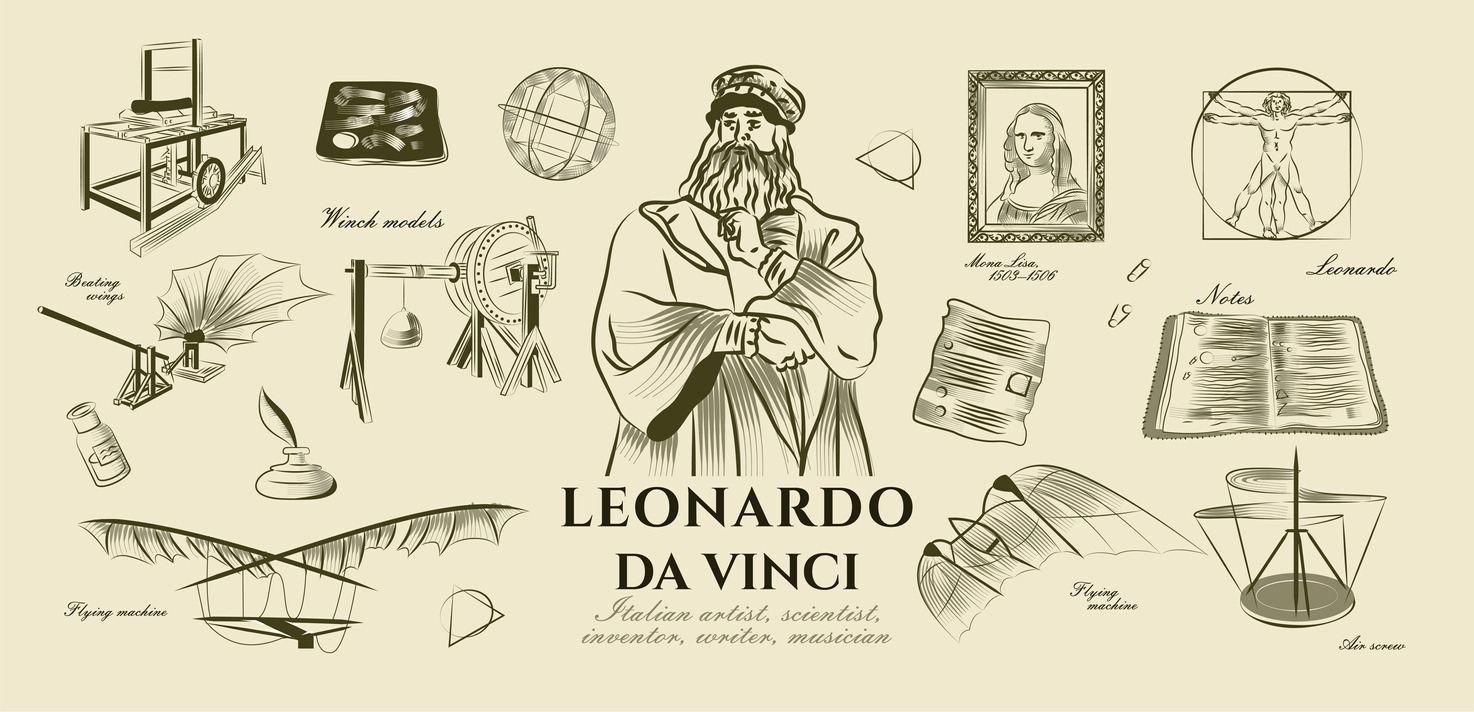Leonardo da Vinci, the quintessential Renaissance man, was not just a masterful artist but also a visionary inventor. Among his many innovative designs, da Vinci’s flying machine stands out as a testament to his boundless imagination and deep understanding of the natural world. Created over 500 years ago, this remarkable invention showcases da Vinci’s fascination with the possibility of human flight, a concept that was centuries ahead of its time.
In this article, we delve into the story of Leonardo da Vinci’s flying machine, exploring its design, inspiration, and the legacy it left in the history of aviation. From detailed sketches in his famous notebooks to the principles of aerodynamics that underpinned his work, da Vinci’s flying machine is not just an artifact of historical curiosity but a symbol of human aspiration and ingenuity.
What is Da Vinci’s Flying Machine?
Leonardo da Vinci’s flying machine, often referred to as the “ornithopter,” was a bold and innovative concept sketched by the mastermind over 500 years ago. This device, born from da Vinci’s observations of birds and his studies in anatomy and physics, represents an early endeavor to achieve human flight.
The Design of the Flying Machine
Da Vinci’s flying machine drew inspiration from the structure and mechanics of bird wings. The design featured large wings made of a lightweight frame covered with a canvas material. These wings were connected to a series of gears and rods designed to mimic the flapping motion of a bird’s wings.
The Working Principle
The idea behind the machine was to use human power to flap the wings. The pilot would lie face down on a board in the center of the machine and use their hands and feet to operate the rods and gears. These movements would, in theory, flap the wings, creating lift and allowing the machine to soar into the air.
Challenges and Limitations
While da Vinci’s design was intricate and based on careful observation, it faced several practical challenges. The most significant was the issue of power. Human muscle strength alone, as da Vinci proposed, would likely be insufficient to achieve sustained flight with such a machine. Additionally, the understanding of aerodynamics at the time was not advanced enough to fully realize the complexities of controlled flight.
Legacy of the Flying Machine
Da Vinci’s flying machine, though never built or tested in his lifetime, was a remarkable feat of imagination and engineering. It laid the conceptual groundwork for future aviation and exemplified da Vinci’s ability to blend art, science, and engineering. His drawings and notes on the flying machine also contributed to the understanding of aerodynamics and would later influence the development of modern aviation.
Who Was Leonardo Da Vinci?
Leonardo da Vinci was a polymath (a person who is knowledgeable in various subjects and topics) whose expertise spanned a multitude of areas, including art, science, engineering, anatomy, and more. Born in 1452 in Vinci, Italy, da Vinci is celebrated as one of the greatest minds in history.
Early Life and Artistic Beginnings
Da Vinci’s journey began in the small town of Vinci, where he developed an early interest in the arts. He moved to Florence as a young man, which was a melting pot of Renaissance culture. Here, he apprenticed under the renowned artist Verrocchio, honing his skills in painting and sculpture. It was during these formative years that da Vinci’s talent in art blossomed, setting the stage for his future masterpieces.
Contributions to Art and Science
Leonardo da Vinci is best known for his iconic artworks, including ‘The Last Supper’ and the ‘Mona Lisa,’ paintings that have become symbols of artistic perfection. His art was marked by innovative techniques and a deep understanding of anatomy, light, and shadow, which he gained through extensive scientific studies.
A Mind Ahead of Its Time
Da Vinci’s notebooks reveal that he was not just an artist but also an inventor, scientist, and engineer. His sketches and notes cover a wide range of subjects, from human anatomy and flying machines to weaponry and hydraulics. Many of his ideas, like the flying machine, were far ahead of his time and laid the groundwork for future inventions.
Legacy Beyond the Renaissance
Leonardo da Vinci’s impact transcends the Renaissance era. His works and ideas continue to inspire and influence various fields, from art and history to science and technology. Da Vinci is remembered not only for his artistic masterpieces but also for his insatiable curiosity, innovative thinking, and the breadth of his intellect.
Leonardo da Vinci was a visionary who blended creativity with scientific inquiry. His life and work embody the true spirit of the Renaissance, where art and science coalesce, and his legacy continues to be celebrated as a pinnacle of human achievement.
Conclusion
Leonardo da Vinci’s flying machine stands as a symbol of human ingenuity and the timeless pursuit of innovation. This visionary concept from over five centuries ago captures da Vinci’s unparalleled ability to transcend the boundaries of art and science. His detailed sketches and theoretical work on the mechanics of flight not only reflect his deep understanding of the natural world but also foreshadow the incredible advancements in aviation that were to come centuries later.
The story of da Vinci’s flying machine is more than just a historical curiosity; it represents the enduring power of imagination and the importance of dreaming big. Da Vinci’s work reminds us that the ideas that might seem impossible today could lay the groundwork for the realities of tomorrow. His legacy in the realm of invention, particularly his work on the flying machine, continues to inspire scientists, engineers, and dreamers around the world.
Ultimately, Leonardo da Vinci’s flying machine is a testament to the endless possibilities that emerge when human creativity and curiosity are allowed to soar. It serves as a powerful reminder of the progress that can be achieved when we dare to envision a future beyond the limits of our current understanding and capabilities.


